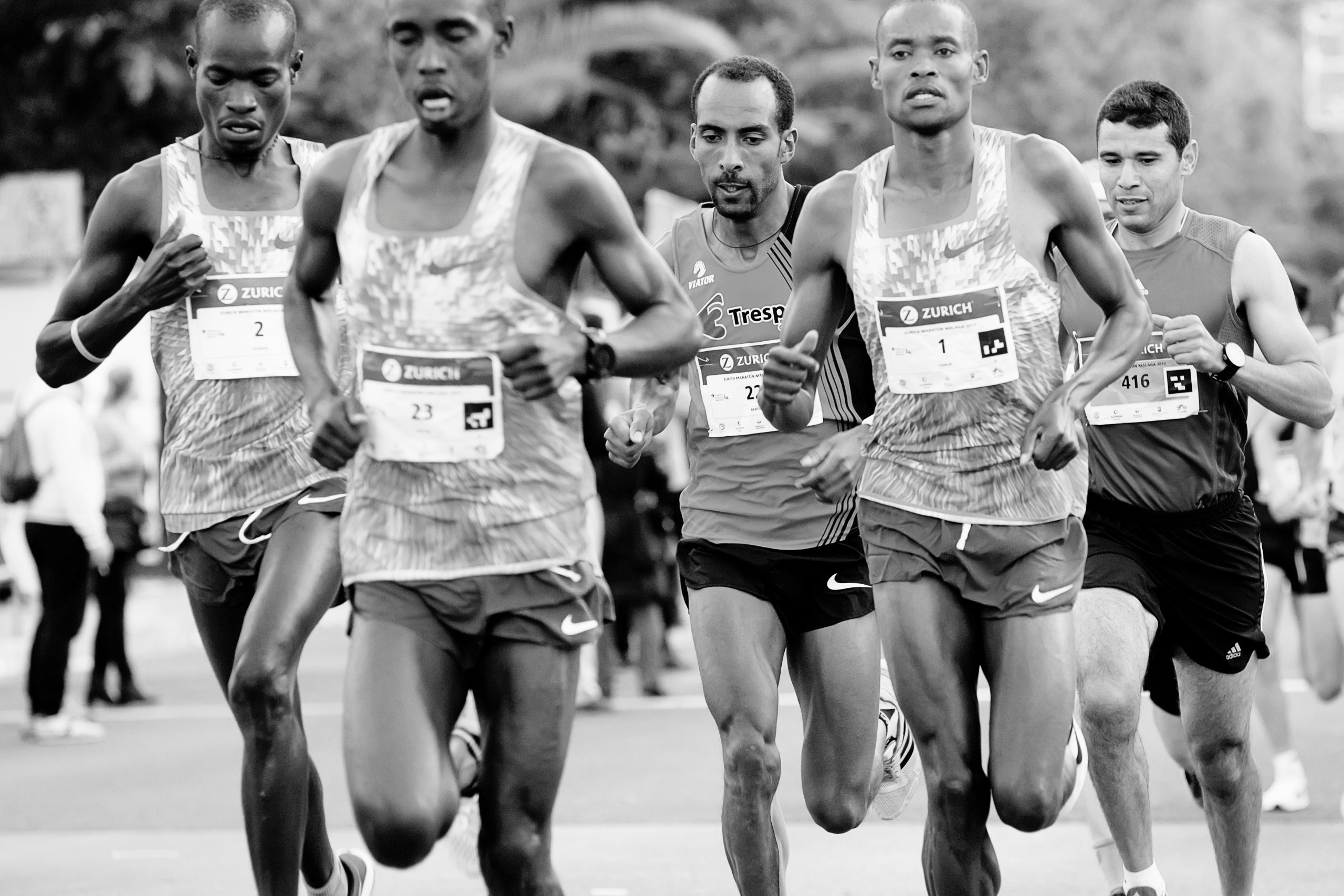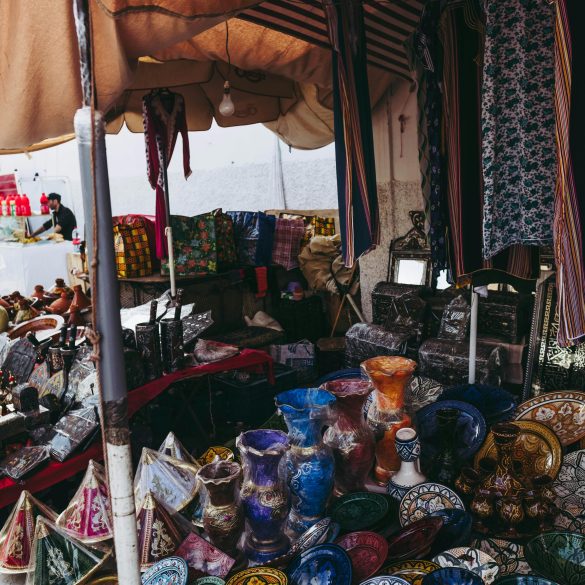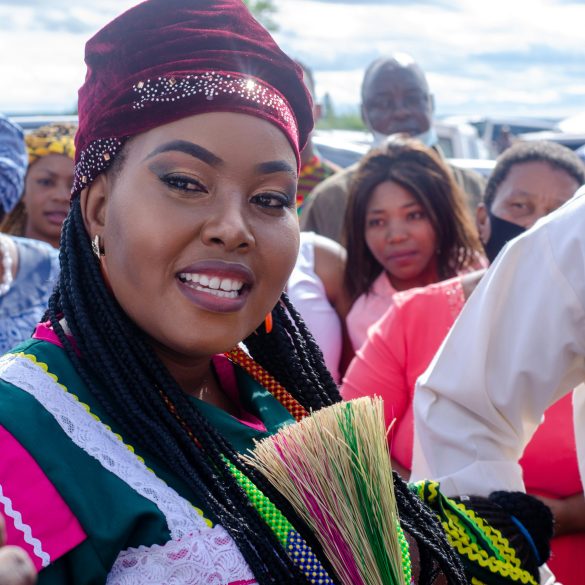How Kenya Became the Ultimate Global Running Powerhouse
Here’s something that absolutely blows my mind every time I think about it—a country with just 0.6% of the world’s population consistently produces around 40% of the world’s top marathon runners1. I mean, those numbers are just bonkers when you really break them down.
Having followed distance running for over fifteen years now, I’ve watched Kenya dominate everything from the Boston Marathon to the Olympics with what seems like effortless grace. But honestly? There’s absolutely nothing effortless about it. What struck me most during my research for this piece was discovering that Kenya’s running supremacy isn’t some genetic lottery win—it’s a fascinating convergence of geography, culture, economics, and sheer determination that’s been building for decades.
Back in 1988, when I first started paying serious attention to international athletics, Kenya had already begun making waves. But what we’re seeing now? It’s unprecedented in sports history. No other nation has maintained such dominance in endurance running for this long.
Kenya Fast Facts
Did you know that the Kalenjin people, who make up less than 12% of Kenya’s population, have produced more Olympic and World Championship medals in distance running than entire continents? That’s the kind of statistical anomaly that makes you realize there’s something extraordinary happening in the Rift Valley highlands.
The Geographic Foundation: More Than Just Thin Air
Let me be completely honest—I used to think Kenya’s success was mostly about altitude training. You know how it goes: “Oh, they live at 8,000 feet, so of course they’re fast.” But that’s only scratching the surface, and frankly, it’s a bit reductive.
The reality is way more complex and fascinating. Most of Kenya’s elite runners come from the Rift Valley region, which sits between 1,500 and 3,000 meters above sea level2. What really gets me excited about this geography isn’t just the altitude—it’s the combination of factors that create perfect training conditions.
Think about it this way: you’ve got consistent year-round temperatures between 15-25°C (59-77°F), minimal humidity, and terrain that’s basically designed for running. Rolling hills, dirt roads that provide the perfect surface tension, and an environment where your body naturally adapts to processing oxygen more efficiently.
But here’s where I get really passionate about this topic—it’s not just the physical environment. The geography created a culture where running long distances became necessity, then tradition, then excellence. Children in rural Kenya often run 10-15 kilometers to school daily, not as training, but as transportation3.
Cultural Foundations: Where Running Meets Identity
Okay, this is where things get really interesting for me. I’ve been studying sports culture for years, and what Kenya has created around distance running is unlike anything I’ve seen anywhere else in the world.
The Kalenjin people have this concept called “Chemjoy”—which roughly translates to “the ability to endure” or “toughness.” It’s not just about physical endurance; it’s a cultural value that permeates everything from child-rearing to community expectations4. Honestly, when I first learned about this, it completely changed how I understood Kenya’s running dominance.
The Numbers Don’t Lie
Since 1988, Kenyan runners have won over 70 Olympic medals in distance running events. That’s more than the next five countries combined. But what really gets me is that 80% of these champions come from just one region—the Rift Valley.
Traditional Kalenjin initiation ceremonies included long-distance running as a test of maturity and worthiness. Young men would run for hours through challenging terrain as part of their passage into adulthood. This wasn’t recreational—it was fundamental to their identity and social standing.
I remember reading about how Wilson Kipsang, the former marathon world record holder, talked about his childhood. He said running wasn’t seen as exercise or sport initially—it was just how you moved through the world. You ran to visit friends, you ran to help with farming, you ran because that’s what you did5.
| Cultural Element | Impact on Running | Modern Application |
|---|---|---|
| Chemjoy (Endurance) | Mental toughness foundation | Pain tolerance in racing |
| Community Recognition | Social status through achievement | Support systems for athletes |
| Practical Transportation | Daily distance conditioning | Natural base building |
| Livestock Herding | Long, slow distance training | Aerobic base development |
The Economic Catalyst: When Running Became Hope
Now here’s something that really strikes me as crucial to understanding Kenya’s dominance—the economic transformation that running brought to rural communities. We’re talking about a sport that literally changed the economic landscape of entire regions.
In the 1990s, as Kenya’s runners began achieving international success, something remarkable happened. Prize money from major marathons started flowing back to villages in the Rift Valley. Suddenly, running wasn’t just cultural tradition—it was a legitimate path to economic prosperity6.
I’ve got to tell you, the numbers here are staggering. A single victory at the Boston Marathon can earn a Kenyan runner more money than their entire extended family might see in five years through traditional farming. That kind of economic incentive, combined with natural ability and cultural foundation, creates an incredibly powerful motivation system.
What really fascinates me about this economic angle is how it created a self-reinforcing cycle. Success bred more success, investment in training facilities improved, coaching knowledge expanded, and suddenly you had entire communities dedicated to producing world-class distance runners.

Inside Kenya’s Training Revolution
Alright, this is where I get really excited because we’re diving into the actual methods that produce these incredible athletes. Having studied training methodologies for years, I can tell you that what happens in Kenya challenges a lot of conventional wisdom about distance running preparation.
First thing that blew my mind when I started researching Kenyan training methods—they’re not doing anything revolutionary in terms of workout structure. No secret formulas, no high-tech equipment, no cutting-edge sports science. It’s actually beautifully simple and, honestly, quite humbling7.
Mobile users: Tables in this section scroll horizontally for complete information.
| Training Element | Kenyan Approach | Western Approach | Key Difference |
|---|---|---|---|
| Base Building | Lifelong, natural development | Structured periodization | Organic vs. planned |
| Recovery | Complete rest days | Active recovery | True rest emphasis |
| Intensity | High quality, low volume | Moderate intensity, high volume | Quality over quantity |
| Group Training | Community-based camps | Individual focus | Collective motivation |
The training camp system in Kenya is absolutely fascinating. We’re talking about groups of 20-30 elite runners living together, training together, sharing meals, and pushing each other to incredible levels. It’s like having a built-in support system and competition network all rolled into one8.
The Magic of Communal Training
Here’s something that really gets me passionate about Kenyan running culture—the way they’ve structured their training environment to maximize both individual performance and group dynamics. It’s brilliant, really.
- Morning runs start at 6 AM sharp, regardless of weather or individual preferences
- Pacing is naturally regulated by group consensus, preventing overtraining
- Competition within the group pushes everyone to higher levels
- Knowledge sharing happens organically through daily interactions
- Mental toughness develops through peer support and challenge
- Injury prevention becomes a community responsibility
What struck me most about this system is how it addresses the psychological aspects of elite training. Distance running is incredibly mental, and having a support network that understands exactly what you’re going through is invaluable.
Kenya’s Transformation of Global Running
Okay, so here’s where things get really interesting from a global sports perspective. Kenya hasn’t just dominated distance running—they’ve fundamentally changed how the entire world approaches marathon and distance racing.
Think about this: before Kenya’s rise, marathon running was largely a niche sport with relatively modest prize money and limited global appeal. Now? We’re looking at a multi-billion dollar industry with prize pools that attract the world’s best athletes9.
The Kenyan Effect on Global Running
Major marathons worldwide now routinely feature Kenyan winners, with the Boston Marathon seeing Kenyan champions in 19 of the last 25 years. This dominance has elevated the profile of distance running globally and created opportunities for runners from developing nations that simply didn’t exist before.
I’ve been following the sport long enough to remember when sub-2:10 marathons were rare and newsworthy. Now, thanks largely to the standard set by Kenyan runners, we see multiple sub-2:05 performances every year. The bar has been raised so dramatically that what once seemed impossible is now the entry-level requirement for elite competition.
But here’s what really fascinates me about Kenya’s global impact—it’s created a template that other nations are trying to replicate. Ethiopia, Morocco, and other East African countries have studied the Kenyan model and adapted it to their own cultural and geographic contexts10.
The Future of Kenyan Running Dominance
Looking ahead, I find myself both excited and curious about what’s next for Kenya’s running dynasty. The foundation they’ve built seems incredibly solid, but sports history shows us that dominance is never permanent.
What gives me confidence in Kenya’s continued success is how deeply embedded running culture has become in their national identity. This isn’t just about individual athletes anymore—it’s about entire communities, economic systems, and cultural values all aligned around distance running excellence11.
However, I’m also watching some interesting challenges emerge. Increased global competition, changing economic opportunities in Kenya, and the natural evolution of sports science worldwide all create new dynamics that will test Kenya’s continued dominance.
Key Factors for Continued Success
- Maintaining grassroots development programs in rural communities
- Adapting training methods to incorporate modern sports science
- Preserving cultural values while embracing global opportunities
Lessons for the Global Running Community
Honestly, what I find most inspiring about Kenya’s running success story is how it demonstrates the power of combining natural advantages with cultural commitment and economic opportunity. It’s not just about genetics or geography—it’s about creating an entire ecosystem that supports excellence.
For runners and coaches worldwide, Kenya’s approach offers several key insights that I think are universally applicable:
- The importance of building a strong aerobic base through consistent, patient training
- The value of community and group training for motivation and consistency
- The need to balance high-quality training with adequate recovery
- The power of cultural support and recognition for athletic achievement
What really strikes me as I conclude this exploration is how Kenya’s running success story is ultimately about human potential. It shows us what’s possible when natural talent meets opportunity, cultural support, and unwavering dedication.
The story of how Kenya became a global running powerhouse is far from over. As I continue following this incredible athletic phenomenon, I’m constantly amazed by the depth of dedication, the strength of community, and the power of sport to transform not just individual lives, but entire societies.
Whether you’re a casual jogger or an elite athlete, there’s something profoundly inspiring about Kenya’s approach to distance running. It reminds us that excellence isn’t just about individual achievement—it’s about creating communities and cultures that support and celebrate human potential at its highest level12.
References



